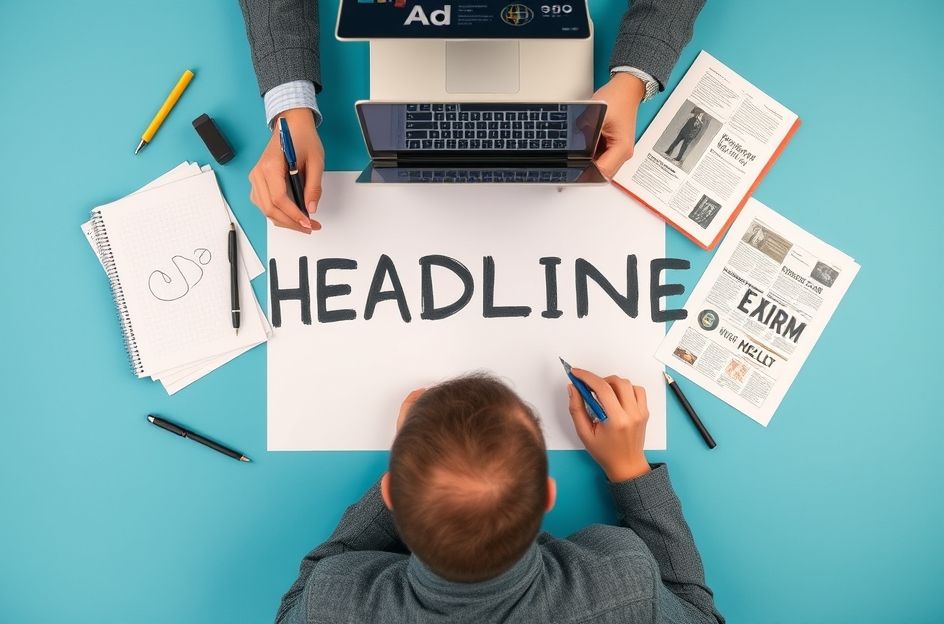The headline is paramount to an advertisement’s success. It must immediately grab the reader’s attention and compel them to delve deeper. A well-crafted headline acts as a gateway, enticing potential customers to learn more about what you offer.
A headline should instantly convey the essence of the advertisement and act as a clear indicator of the content that follows. Consider a company selling affordable, durable furniture. A headline like ‘Durable Furniture at Unbeatable Prices’ directly targets customers seeking quality without breaking the bank. Conversely, if the target audience prioritizes aesthetics and is less price-sensitive, a headline such as ‘Transform Your Home with Exquisite Oriental Furniture’ would be more effective. The key is relevance; exclude anything that doesn’t resonate with your intended audience. If a product appeals to both men and women, ensure the headline reflects that broad appeal to maximize potential reach.
Think of the headline as an instant product seller. Research indicates that headlines are read far more often than the full advertisement. Therefore, a weak headline can render the entire advertising investment ineffective. Even if the ad’s content is lacking, a powerful headline can salvage the situation.
The headline should spotlight the product’s benefits, not the company itself. Focus on the customer’s needs and address them directly. Instead of starting with ‘We offer…’, begin with ‘You can…’ or ‘Are you…?’. Prioritize the product name. For instance, instead of ‘Company X – The Solution for Headaches,’ opt for ‘Headache Relief? Try Company X’.
Highlighting the product’s advantages in the headline is crucial. Customers are actively seeking benefits when considering a purchase. Incorporate compelling keywords that showcase these advantages, such as ‘Brighter Smile,’ ‘Nutrient-Rich,’ or ‘Visibly Improved’.
If incorporating these elements results in a longer headline, emphasize the product benefits by using bold text. Complement the headline with a compelling visual. A picture can indeed speak a thousand words, but ensure the headline and visual work in harmony, each conveying a different aspect of the message without redundancy.
Avoid excessive cleverness or ambiguity. Readers quickly discern genuine headlines from misleading ones. Refrain from making false promises or including inaccurate information. While overly clever headlines might win awards, they often fail to resonate with discerning customers.
Finally, the headline should evoke positive emotions. Steer clear of negativity, as it can create a negative impression and hinder receptiveness. Confidence is key; avoid doubtful words like ‘if’ or ‘but,’ and conditional phrases. Use the present tense to convey immediacy and action.
